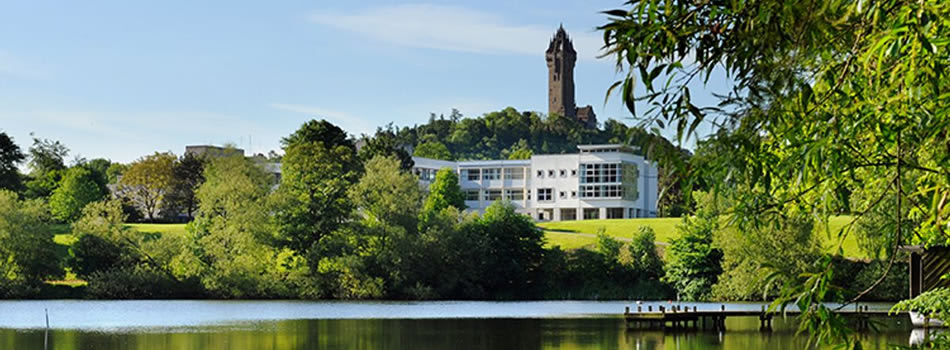Background and objectives
Many countries are setting ambitious targets for habitat restoration and woodland expansion (e.g. Bonn Challenge), such as England’s commitment to plant 11 million trees by 2022 and to restore 75% of protected sites to favourable condition (Defra 2018). To ensure these efforts help to reduce biodiversity decline and restore ecosystem functioning in the face of increasing anthropogenic pressures such as climate change, they need to be strategic.
Where and how restoration efforts, such as woodland creation, should be prioritised is not always clear, in part due to a lack of well replicated large-scale studies. The WrEN project (www.wren-project.com) is a long-term large scale natural experiment (Watts et al. 2016) designed to overcome commonly encountered spatial and temporal challenges typical to landscape-scale experimentation. With records of more than 2000 species, this experimental platform has provided a unique framework within which to investigate the effects of historic woodland creation on current biodiversity and ecosystem processes that it supports (e.g. Fuentes-Montemayor et al. 2017, Whytock et al. 2018, Fuller et al. 2018).
Invertebrates comprise a substantial proportion of the planet’s biodiversity, and their diverse ecological roles underpin many key ecosystem functions, and the services humans derive from habitats and species. Responses of invertebrates to habitat restoration are driven by complex interacting factors, including colonisation limitation, founder effects, habitat suitability driven by historic management and the structure and complexity of existing trophic interactions. These are likely to be mediated by their habitat specificity and functional traits (e.g. morphology, behaviour, life history and physiology) of colonising individuals from regional species pools. Currently, we lack fundamental research into what limits invertebrate community establishment following woodland creation.
In this project, the student will examine changes in invertebrate communities resulting from woodland creation utilising new and existing data collected under the WrEN project experimental platform. Specifically, we will address the following questions:
- What is the relative importance of local (e.g. patch size, age since establishment) vs. landscape-scale (e.g. amount and configuration of surrounding habitat) attributes in the development of invertebrate communities in secondary woodlands?
- What are the key drivers of functional diversity in woodland invertebrate communities?
- How predictable is the trajectory of invertebrate community development as woodlands mature, i.e. are communities in secondary woodlands simply subsets of those found at older sites, or could they be considered novel assemblages?
- How do species functional characteristics, including dispersal and habitat specificity, act to limit colonisation, and what imapct does this have on long term functional diversity and trophic complexity?
This is a very timely project given the current UK policy focus on woodland expansion. There is a vital need for more information to guide the spatial targeting of actions on the ground and maximise both biodiversity and ecosystem service benefits. The CASE partner for this PhD, Forest Research, will provide a route through which results from this work can be used to inform both policy and practice.
Methods
This PhD will use a range of approaches and datasets, across temporal and spatial scales, to address questions on the prioritisation of conservation efforts. Over the last eight years, data on woodland characteristics, surrounding landscape, and aboveground biodiversity has been collated from over 130 secondary and ancient broadleaf woodland sites in Scotland and England as part of the WrEN project. We now have a wealth of samples; some of these have already been identified to species (e.g. spiders - 4000 individuals of 103 species, and beetles - 30,000 individuals of 130 species), either by taxonomic experts or meta-barcoding. Other invertebrates (e.g. many fly groups, harvestmen) have been sampled but remain unprocessed and require taxonomic identification. In this PhD, there is considerable flexibility in terms of which invertebrate groups to focus on and the methods to be used to quantify their communities; this can be tailored to the particular interests of the successful student.
Functional trait databases will be developed to understand how unique functional characteristics of species impact on colonisation and subsequent community capacity for supporting resilient ecosystem services. Students will also develop complex direct and infered trophic interaction webs to understand the consequences of temporal and spatial scales on community establishment. DNA barcoding will be employed on a subset of samples to provide evidence for inferred trophic interactions.
Additional fieldwork is required at WrEN sites in central Scotland and the English midlands to sample under-represented functional groups (e.g. Phytophagous invertebrates), and woodland niches (e.g. canopy, deadwood).
The PhD will be based at Stirling and the student will visit FR (Edinburgh and Surrey) and UKCEH (Wallingford) to meet with co-supervisors and other researchers for seminars and specific training. The CASE partner for this PhD, Forest Research, provides a route through which results from this work can be used to inform both policy and practice.

 Continue with Facebook
Continue with Facebook





